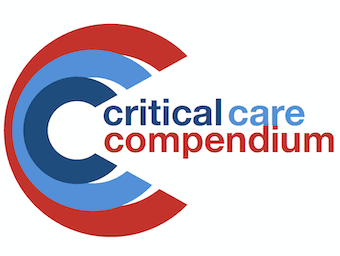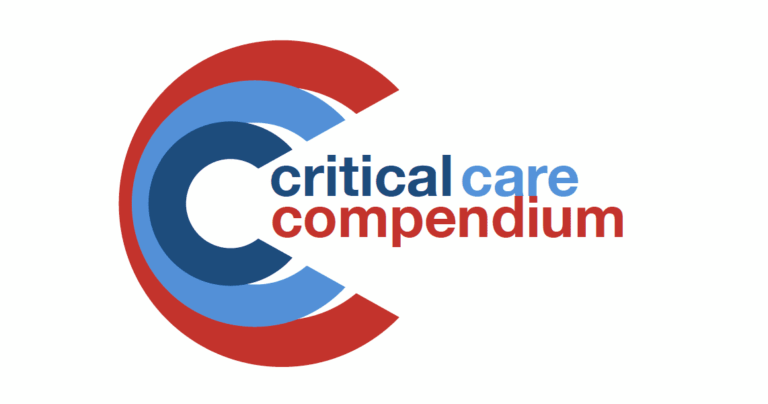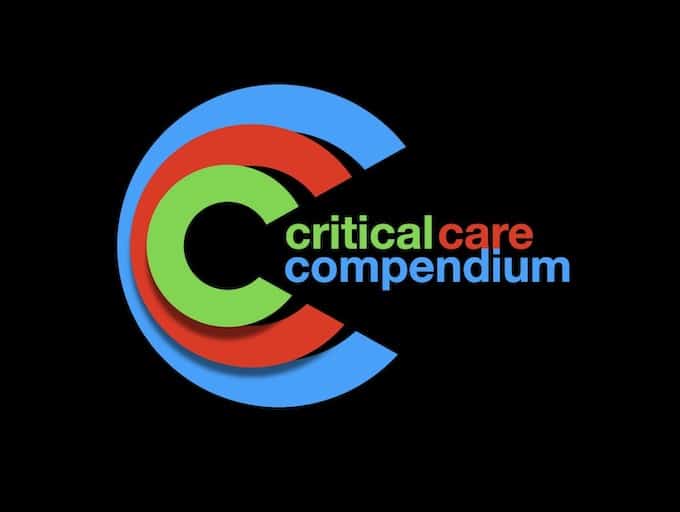
Opioid Withdrawal
Opioid Withdrawal

Opioid Withdrawal

Opioid Overdose: miosis; CNS depression; respiratory depression; complications of hypoxia: seizures, dysrrhythmia, brain injury

Paraquat Poisoning; highly toxic herbicide; common agent in suicide in 3rd world; leading single agent causing death from pesticide poisoning in many countries including Sri Lanka

Sedative toxidrome: agents - opioids; benzodiazepines; barbiturates; baclofen (may mimic brain death, suspect in MS patients); clonidine (mimics opioid toxidrome with marked bradycardia and hypotension)
GHB

SIADH = Syndrome of inappropriate antidiuretic hormone secretion. Important cause of HYPOnatraemia

Overview Causes Increased potassium intake (rare) Increased release from tissues Decreased renal excretion Transcellular shift Factitious (Pseudo-hyperkalaemia) Drugs causing hyperkalaemia References and Links LITFL

Randomisation is the process of assigning clinical trial participants to treatment groups such that each participation has a known (usually equal) chance of being assigned to any of the groups

Reviewed and revised 26 August 2015 OVERVIEW Clinical trials are planned to stop when one of the following is reached sample size event count length of follow up goal scheduled date of closure Unplanned early stopping of trials may occur…

Receiver Operating Characteristic (ROC) curves plot sensitivity versus false positive rate for several values of a diagnostic test

Risk is a nebulous term in evidence-based medicine, as it may refer to either relative or absolute risks. Overall, absolute risks are more meaningful and can be converted in 'numbers need to treat' (NNT), which are useful in the clinical setting

Case-Control Studies: a type of retrospective observational study; control patients are ‘matched’ using some criteria (age, gender), typically should have no history of the disease of interest and should be representative of the general population

Causes of HYPOcalcaemia: Commonest causes: HYPOalbuminaemia and HYPERventilation